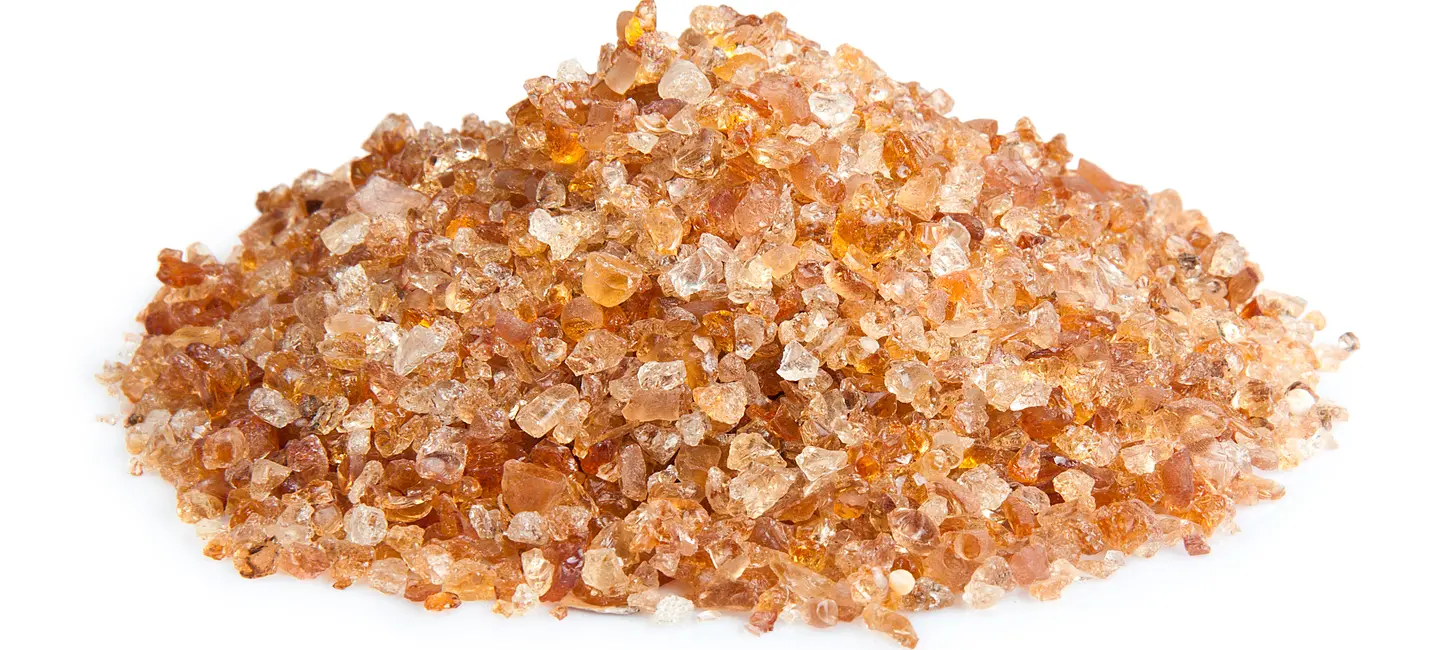
Tragacanth (Astragalus gummifer) is a shrub that grows in areas of the Middle East. The sap-like material (resin) of the bark is used to make medicine.
Tragacanth contains chemicals that stimulate the bowel.
People use tragacanth for diarrhea, constipation, and other conditions, but there is no good scientific evidence to support these uses.
Don't confuse tragacanth with astragalus (Astragalus membranaceus). These are not the same plant.
Is It Effective?
There is interest in using tragacanth for a number of purposes, but there isn't enough reliable information to say whether it might be helpful.
Is it Safe?
When taken by mouth: Tragacanth is commonly consumed in foods. It is possibly safe when used as medicine. But be sure to take it with plenty of water. It can block the throat and intestines if you don't drink enough fluid.
When applied to the skin: Tragacanth is likely safe when used as an ingredient in cosmetics.
Special Precautions & Warnings:
Pregnancy and breast-feeding: There isn't enough reliable information to know if tragacanth is safe to use when pregnant or breast-feeding. Stay on the safe side and stick to food amounts.
Quillaia allergy: Tragacanth can cause breathing problems in people who are sensitive to quillaia bark.
Medications taken by mouth (Oral drugs)
Interaction Rating=Moderate Be cautious with this combination.
Tragacanth is a thick gel. Taking tragacanth at the same time as medications that you take by mouth can affect how much medication your body absorbs, and change the effects of your medication. To prevent this interaction, take tragacanth 30-60 minutes after taking medications by mouth.
There are no known interactions with herbs and supplements.
Because tragacanth is a thick gel, it might reduce the body's ability to absorb nutrients from food.
There isn't enough reliable information to know what an appropriate dose of tragacanth might be. Keep in mind that natural products are not always necessarily safe and dosages can be important. Be sure to follow relevant directions on product labels and consult a healthcare professional before using.
Adragante, Astragale Adragant, Astragale de Marseille, Astragalus gummifer, Coussin-de-Belle-Mère, Goat's Thorn, Gomme Adragante, Gomme de Dragon, Green Dragon, Gum Dragon, Gummi Tragacanthae, Gum Tragacanth, Hog Gum, Syrian Tragacanth, Tragacanth Gum, Tragacanthe, Tragacanto.
Information on this website is for informational use only and is not intended to replace professional medical advice, diagnosis, or treatment. While evidence-based, it is not guaranteed to be error-free and is not intended to meet any particular user’s needs or requirements or to cover all possible uses, safety concerns, interactions, outcomes, or adverse effects. Always check with your doctor or other medical professional before making healthcare decisions (including taking any medication) and do not delay or disregard seeking medical advice or treatment based on any information displayed on this website.
© TRC Healthcare 2024. All rights reserved. Use and/or distribution is permitted only pursuant to a valid license or other permission from TRC Healthcare.
